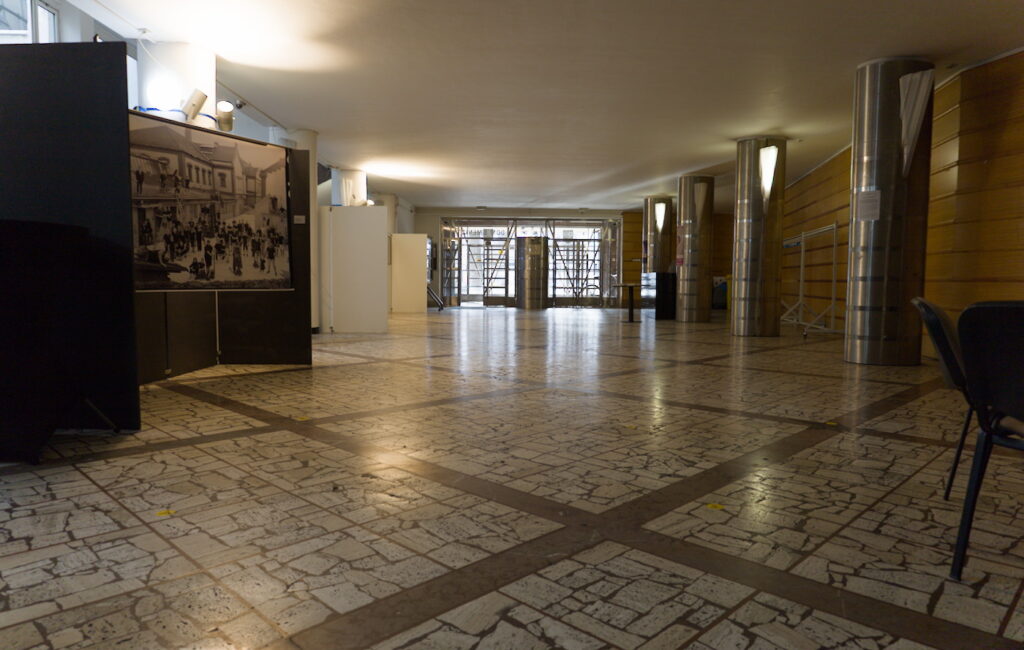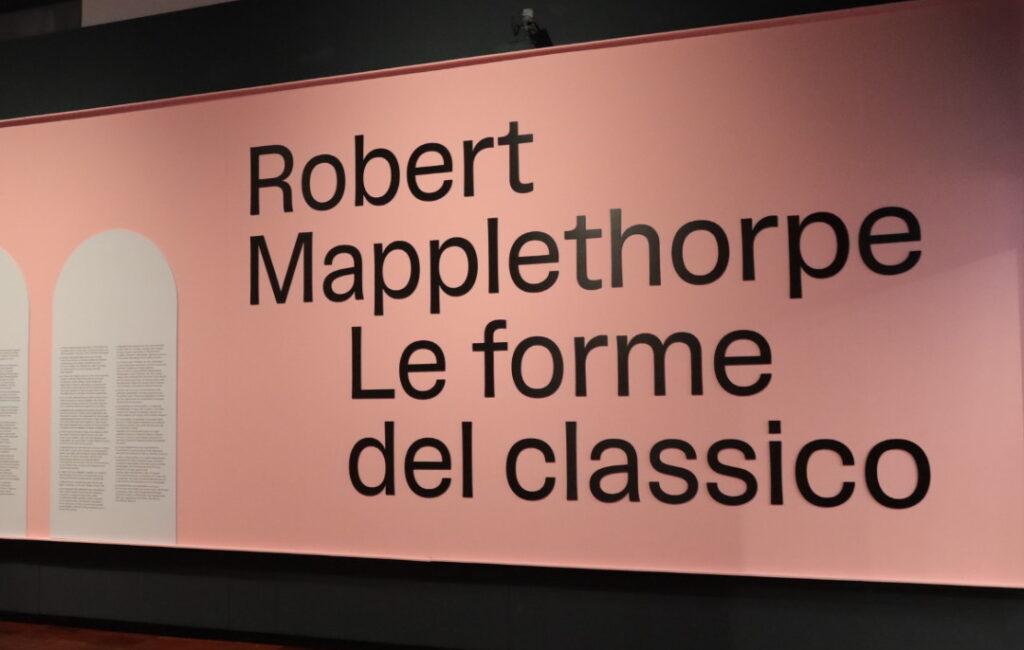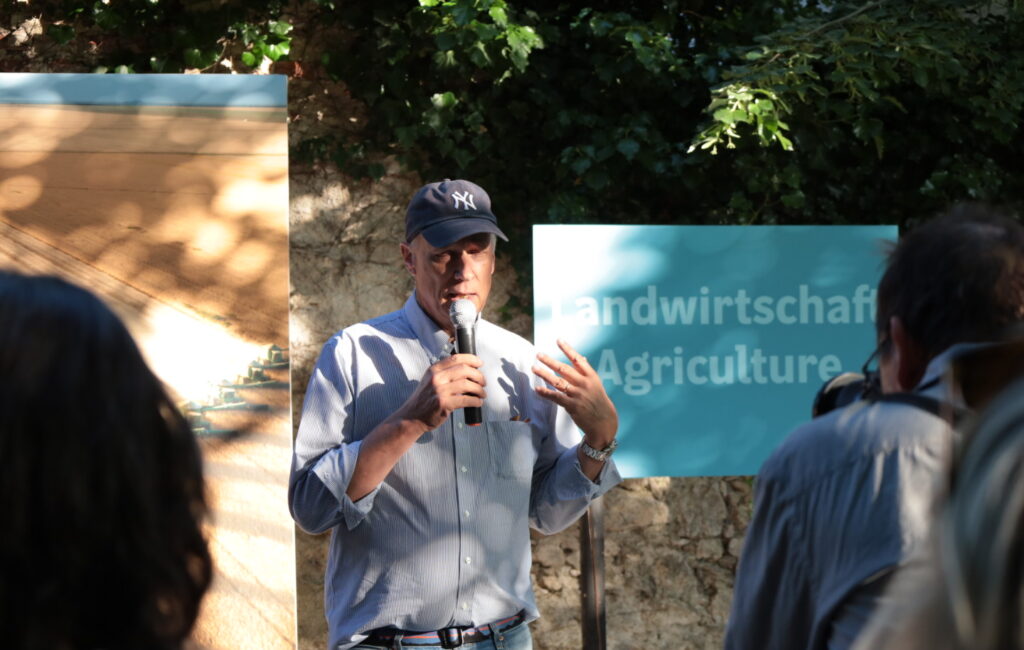
A ribeye steak, a chicken drumstick, a carrot—or even seemingly harmless lettuce: Few of us truly understand the complex, often destructive systems behind our daily meals. Most glances don’t extend beyond the supermarket shelf. But how are these foods produced? And at what cost?
Renowned photographer George Steinmetz, known for his breathtaking aerial shots, tackled this question in an ambitious project: “Feed the Planet”—the result of a decade-long journey across 40 countries and every continent. His images reveal global food production from an unusual perspective—from above—and expose an uncomfortable truth: Our hunger is transforming the planet.
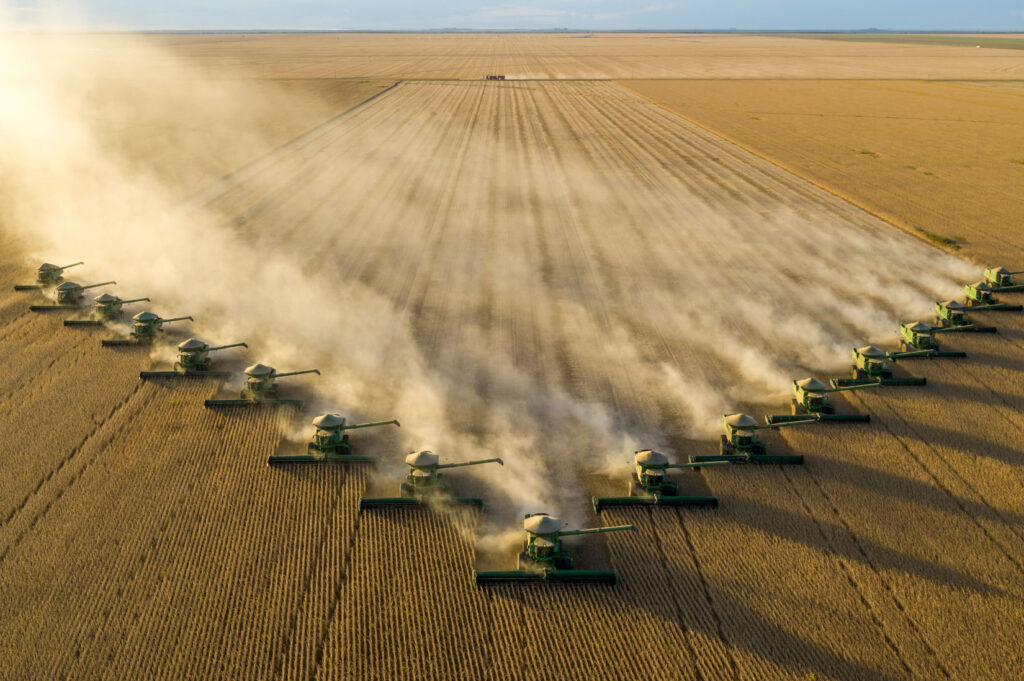
This year it will produce 45k tons of soybeans harvested from 11k ha, which is an average season for them on fertilized, non-irrigated land planted with GMO soybeans. In recent years they have been planting an increasing portion of their lands in soybeans. SLC sells most of its grain (and buys most of its inputs like fertilizer, and pesticides) before planting. This farm is dedicated to growing soybean seeds, and the non-seed quality parts of the harvest are exported as grain. They have weather stations in the fields to correlate that with yield per sq/m and compare with fertilizer, seed timing, planting method, etc. to measure and improve productivity. They practice no-till farming, and every 3-4 years they plant a cover crop “capim brachiaria” to help the soil recover. SLC bought this farm in 2008 when it was virgin land, a “cerrado” grassland plateau with sandy soil at about 900m. They have drilled 26 wells at $200k per well, to hit the water table at 260m, and will begin irrigating in the coming years to get a second crop. (c) George Steinmetz
The Earth as Farmland: A Planet in Transition
Since humans began domesticating plants 11,000 years ago, 40% of the world’s landmass has been converted into farmland—often at the expense of biodiversity. In the oceans, over half of fish stocks have vanished since the 1950s, and agriculture accounts for 30% of global greenhouse gas emissions.
Yet the greatest challenge lies ahead: By 2050, Earth’s population will reach 10 billion, requiring double the current food production. Meanwhile, rising protein demand in emerging economies intensifies the strain. How can we meet these needs without destroying the last untouched ecosystems?
Global Hunger vs. Overabundance: A Paradox
While Europe and North America drown in surplus—and waste—over 800 million people suffer chronic hunger. The reasons are manifold:
- Climate change: Droughts and floods devastate harvests.
- War and conflict: Broken supply chains worsen food scarcity.
- Unequal distribution: One-third of all food produced is wasted while others starve.
The question isn’t just how to produce more—but how to distribute fairly.
GMOs: Curse or Blessing?
Genetically modified organisms (GMOs) spark fierce debate. Proponents argue:
✅ Higher yields: GMOs resist pests and climate stress.
✅ Nutrient enrichment: E.g., Golden Rice fights vitamin A deficiency.
✅ Fewer pesticides: Some GMO crops reduce chemical use.
Critics warn:
⚠️ Ecological risks: GMOs could displace natural species.
⚠️ Corporate monopolies: Seed patents threaten farmers’ independence.
⚠️ Health concerns: Long-term effects remain understudied.
There are no easy answers.
Alternative Paths: Vertical Farming to Insect Protein
Innovative solutions could help:
🌱 Vertical farming: Urban skyscraper crops save water and land.
🦗 Insect protein: More efficient and eco-friendly than meat.
🌍 Agroecology: Traditional, sustainable methods boost biodiversity.
But no single technology will suffice. We need a mix of efficiency, sustainability, and global solidarity.
Consumer Power: Every Choice Matters
Steinmetz’s images are more than art—they’re a wake-up call. They reveal vast monocultures, overfished seas, and factory farms—but also sustainable practices and local solutions. Each purchase is a political act: Choosing organic, local, or meat alternatives shapes market trends—and Earth’s future.
The question is no longer if we must change—but how fast.
Exhibition Tip: “Feed the Planet” at La Gacilly-Baden Photo Festival
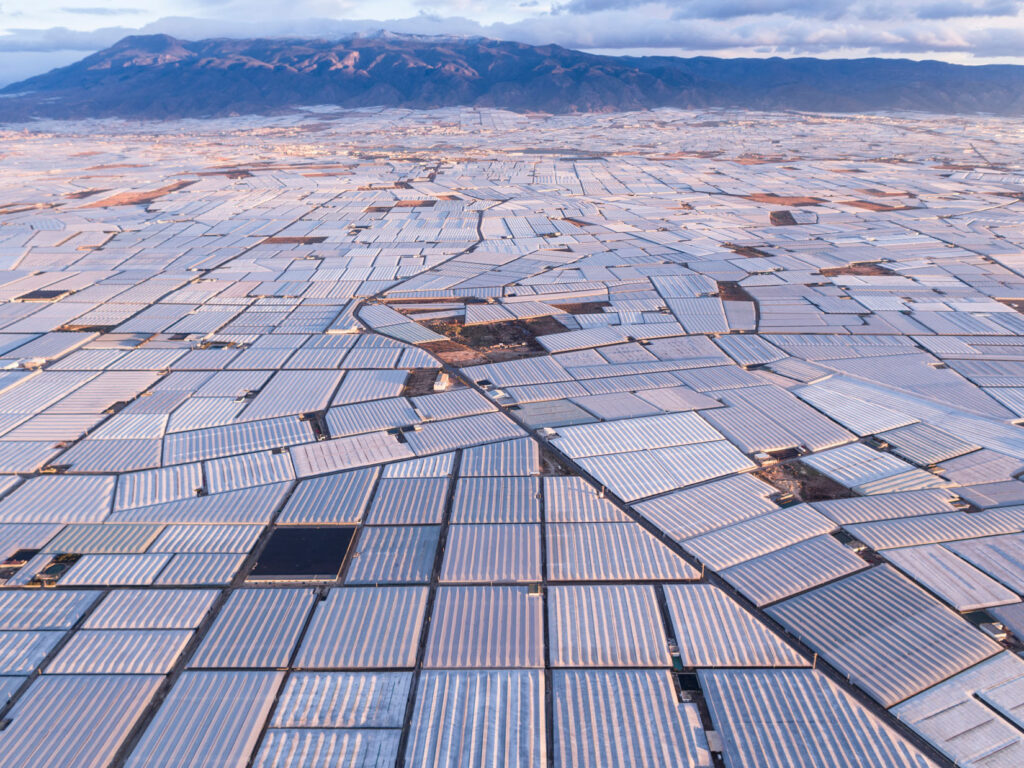
Don’t miss Steinmetz’s stunning aerial shots (often taken from ultralight aircraft or drones), offering both visual awe and urgent discourse.
Our food doesn’t come from supermarkets—it comes from a planet pushed to its limits. It’s time to look closer—before it’s too late.
📍 Exhibition info: La Gacilly-Baden Photo Festival
📸 George Steinmetz’s work: www.georgesteinmetz.com
Kurt Lhotzky
The photos by George Steinmetz are the property of the photographer and have been kindly made available to us for publication by the La Gacilly Baden Photo Festival.

